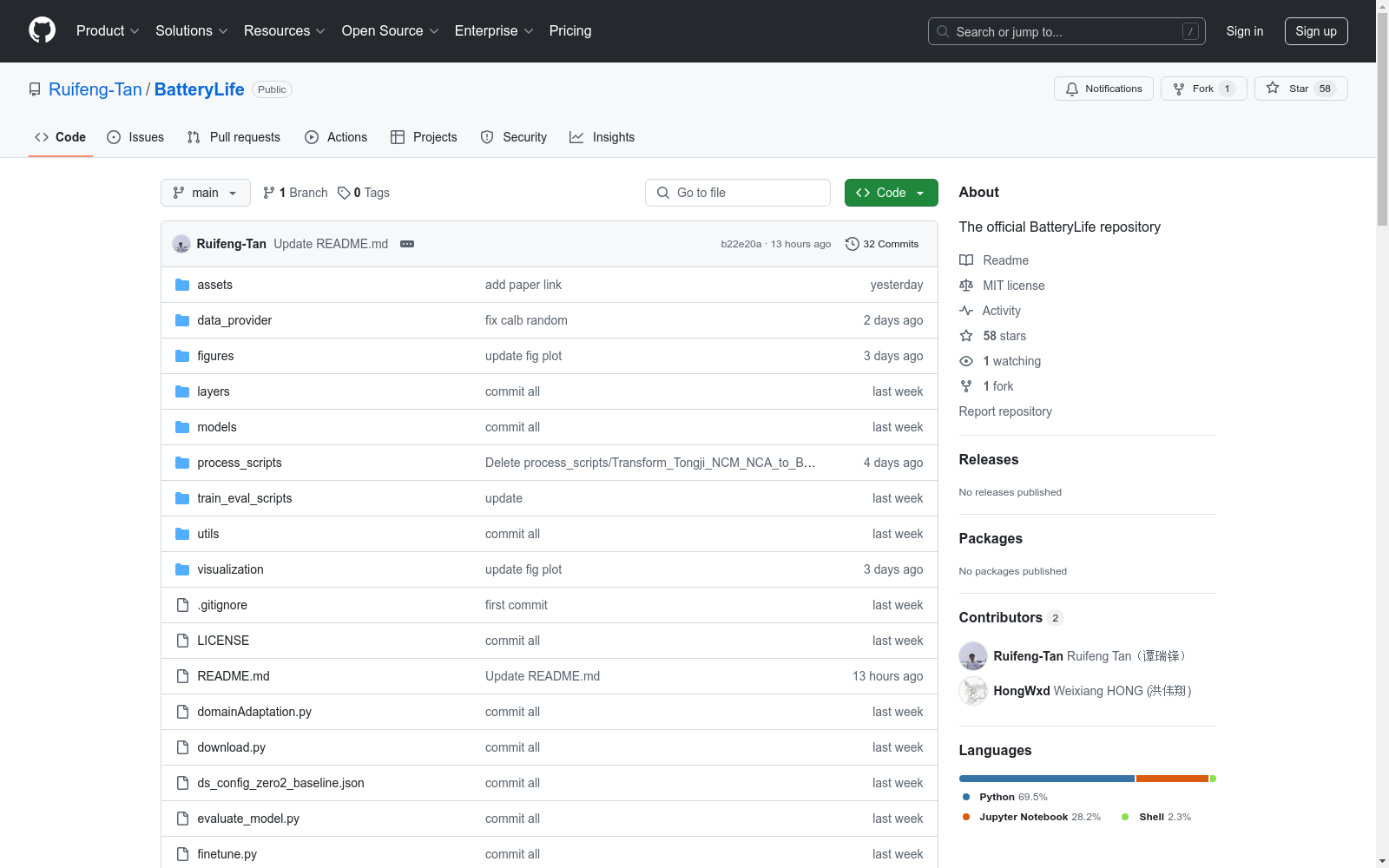BatteryLife|电池寿命预测数据集|电化学数据集
收藏
- 1BatteryLife: A Comprehensive Dataset and Benchmark for Battery Life Prediction香港科技大学(广州) · 2025年
QM9
QM9数据集包含134k个有机小分子化合物的量子化学计算结果,涵盖了12个量子化学性质,如分子能量、电离能、电子亲和能等。
quantum-machine.org 收录
中国交通事故深度调查(CIDAS)数据集
交通事故深度调查数据通过采用科学系统方法现场调查中国道路上实际发生交通事故相关的道路环境、道路交通行为、车辆损坏、人员损伤信息,以探究碰撞事故中车损和人伤机理。目前已积累深度调查事故10000余例,单个案例信息包含人、车 、路和环境多维信息组成的3000多个字段。该数据集可作为深入分析中国道路交通事故工况特征,探索事故预防和损伤防护措施的关键数据源,为制定汽车安全法规和标准、完善汽车测评试验规程、
北方大数据交易中心 收录
MMAUD
MMAUD是一个综合的多模态反无人机数据集,用于检测、分类、跟踪和轨迹估计紧凑型商用无人机威胁。数据集包含多种传感器数据,如3D激光雷达、同步相机、毫米波雷达和音频阵列节点。
github 收录
RadDet
RadDet是一个包含11种雷达类别的数据集,包括6种新的低概率干扰(LPI)多相码(P1, P2, P3, P4, Px, Zadoff-Chu)和一种新的宽带调频连续波(FMCW)。数据集覆盖500 MHz频段,包含40,000个雷达帧,分为训练集、验证集和测试集。数据集在两种不同的雷达环境中提供:稀疏数据集(RadDet-1T)和密集数据集(RadDet-9T)。
github 收录
LANDSLIDE DETECTION
该数据集专注于山体滑坡现象的识别与分类,旨在为改进YOLOv8模型提供高质量的训练数据。数据集包含1600幅图像,类别数量为1,具体类别为“LANDSLIDE”。数据集的构建考虑了山体滑坡的多样性与复杂性,确保模型在实际应用中具备良好的泛化能力。
github 收录
